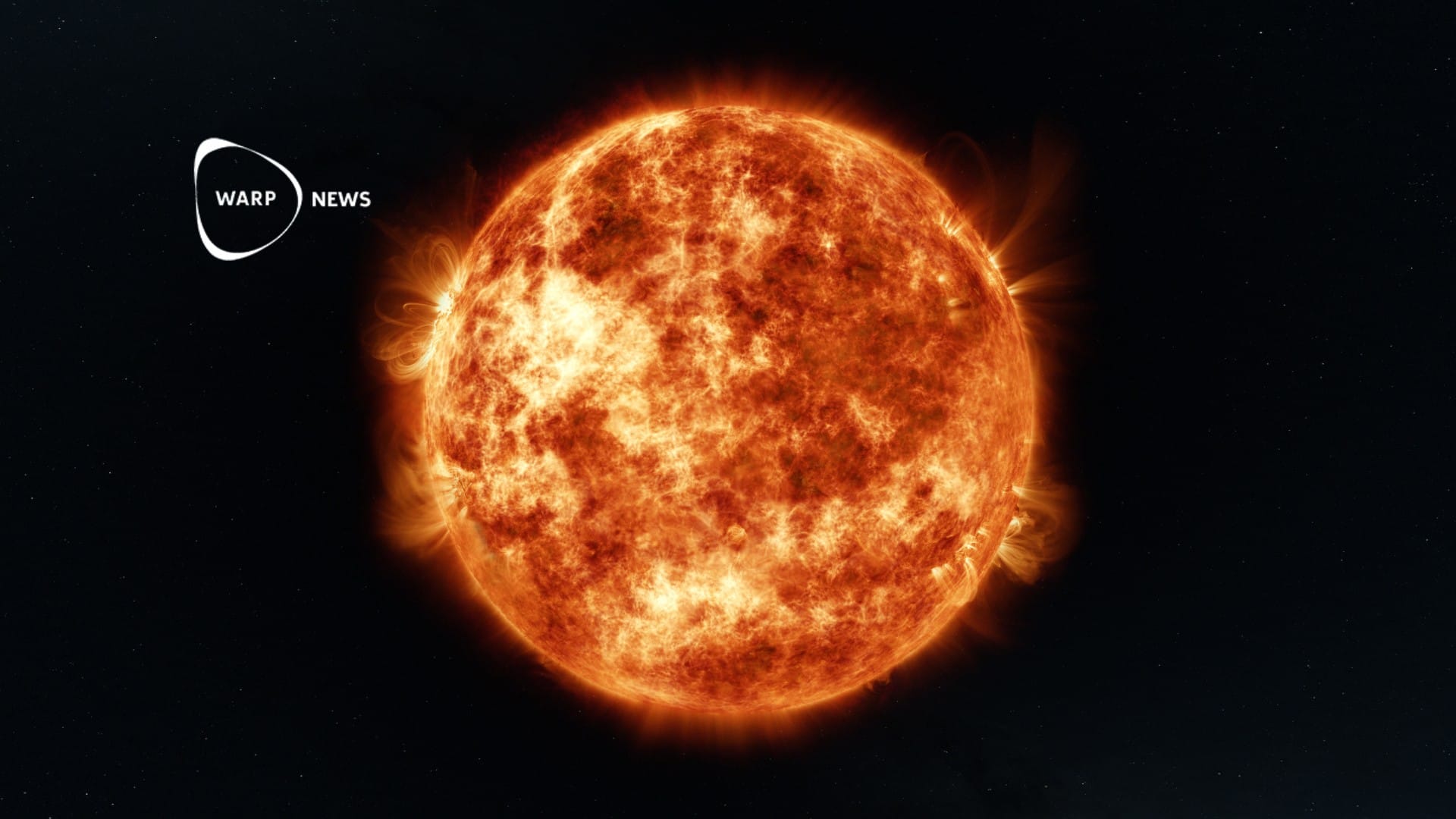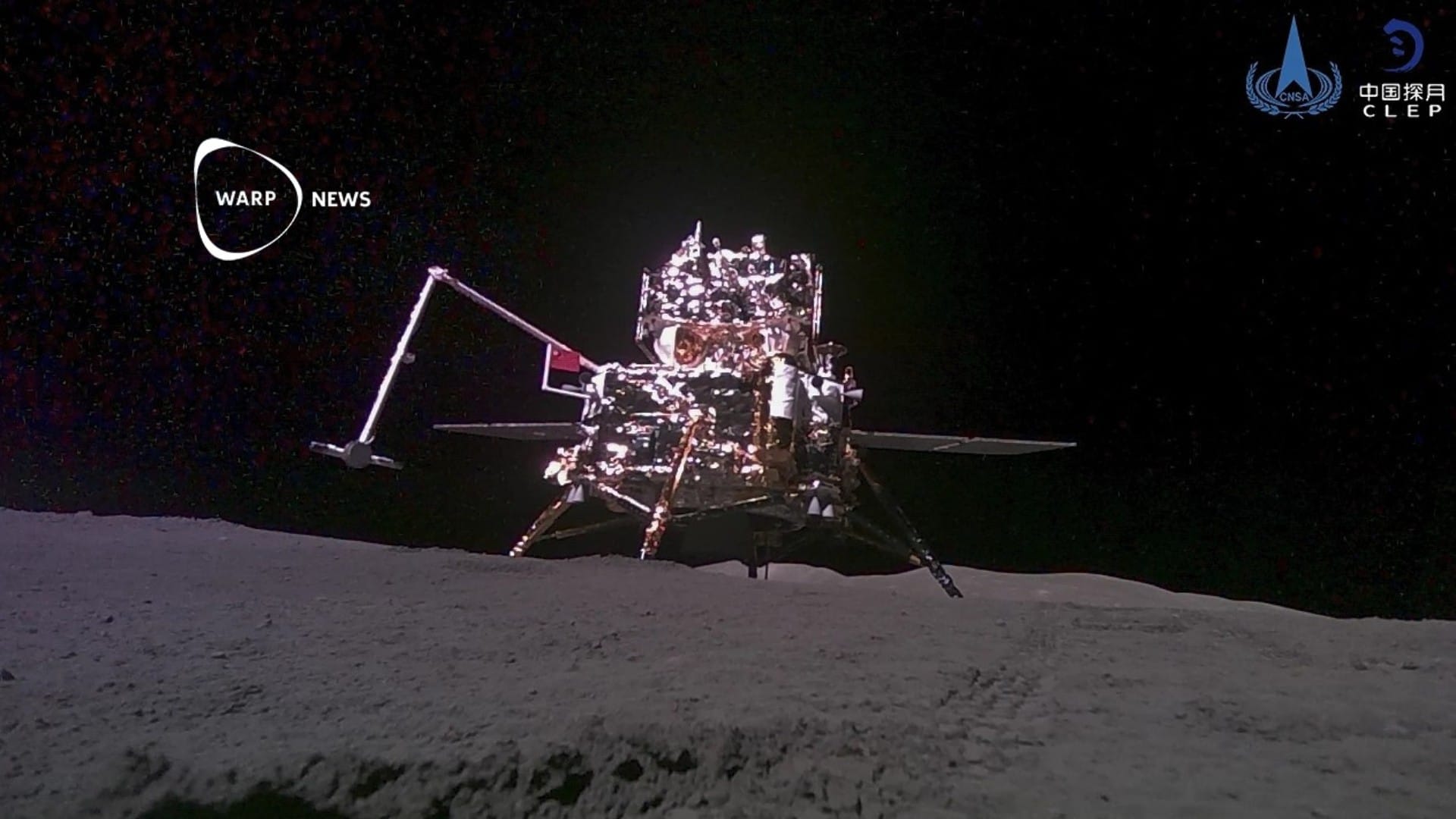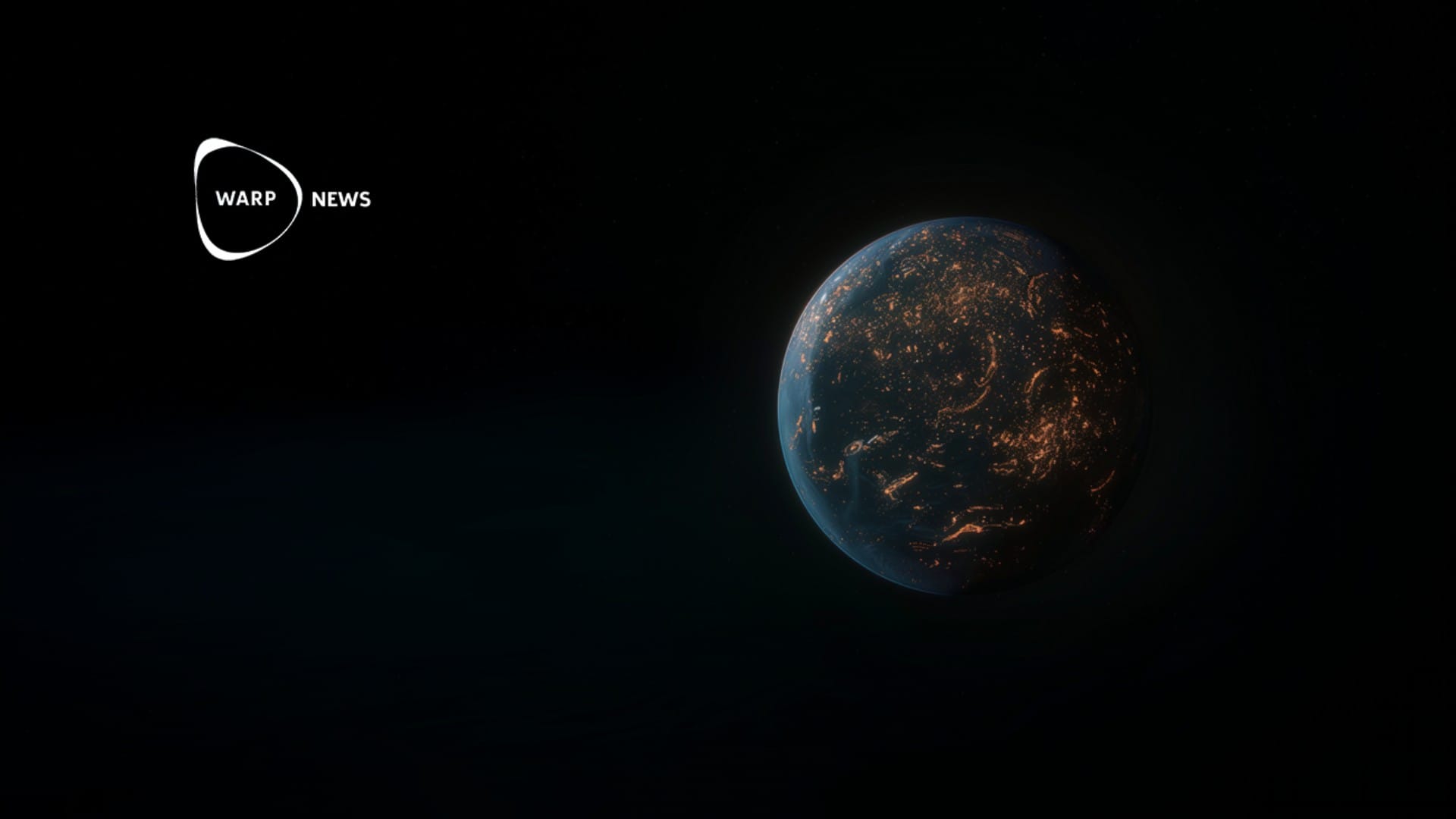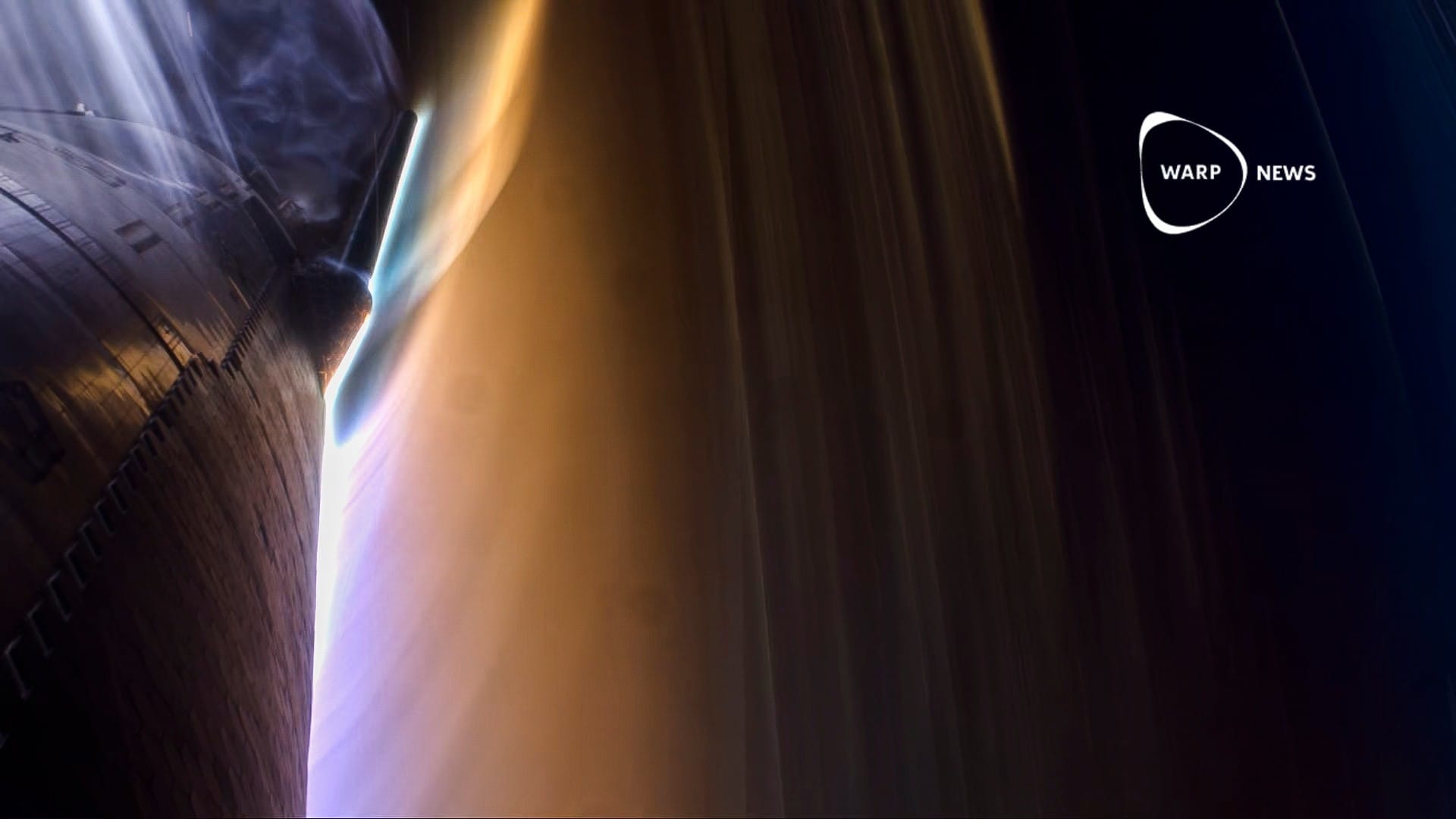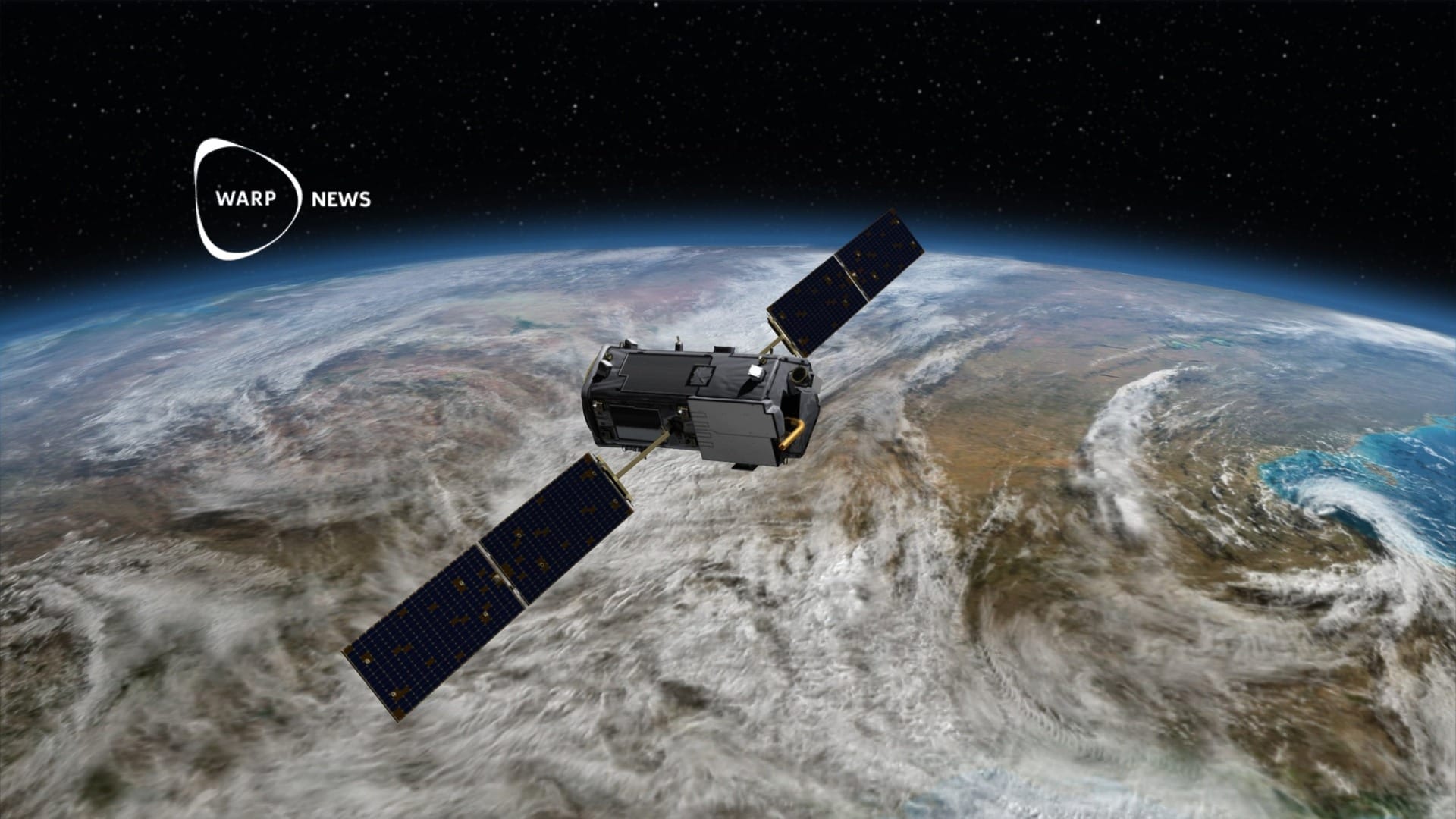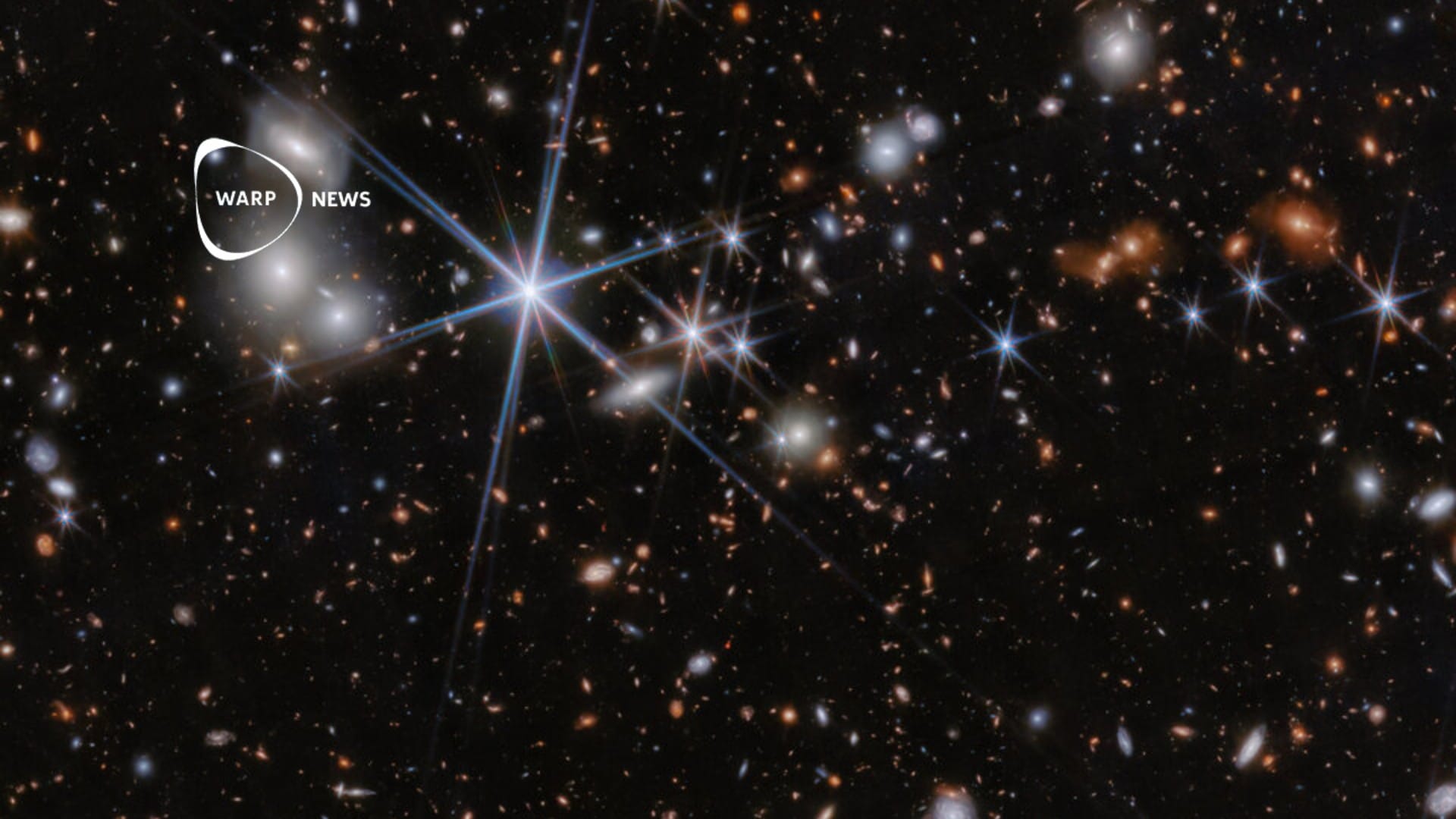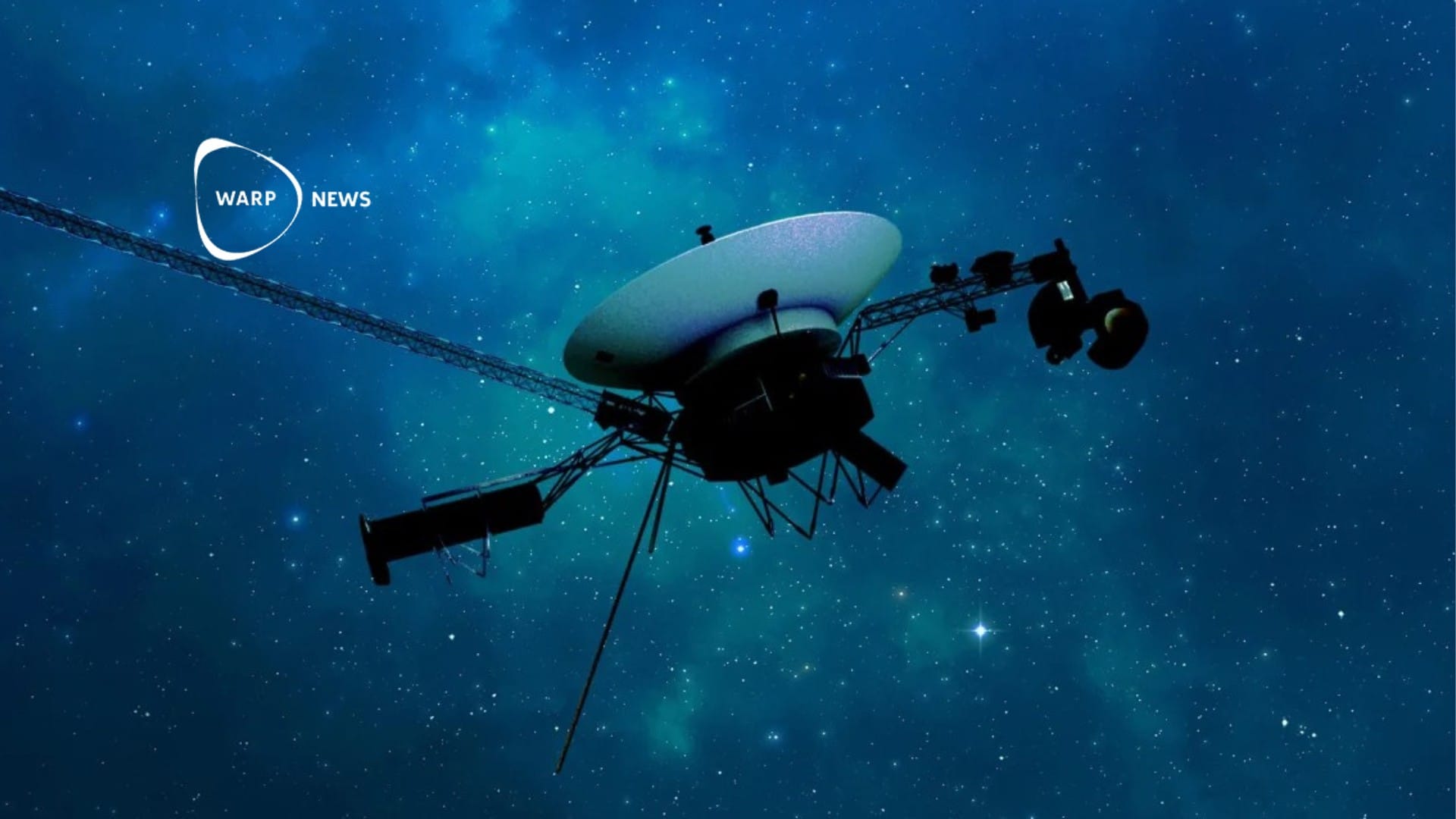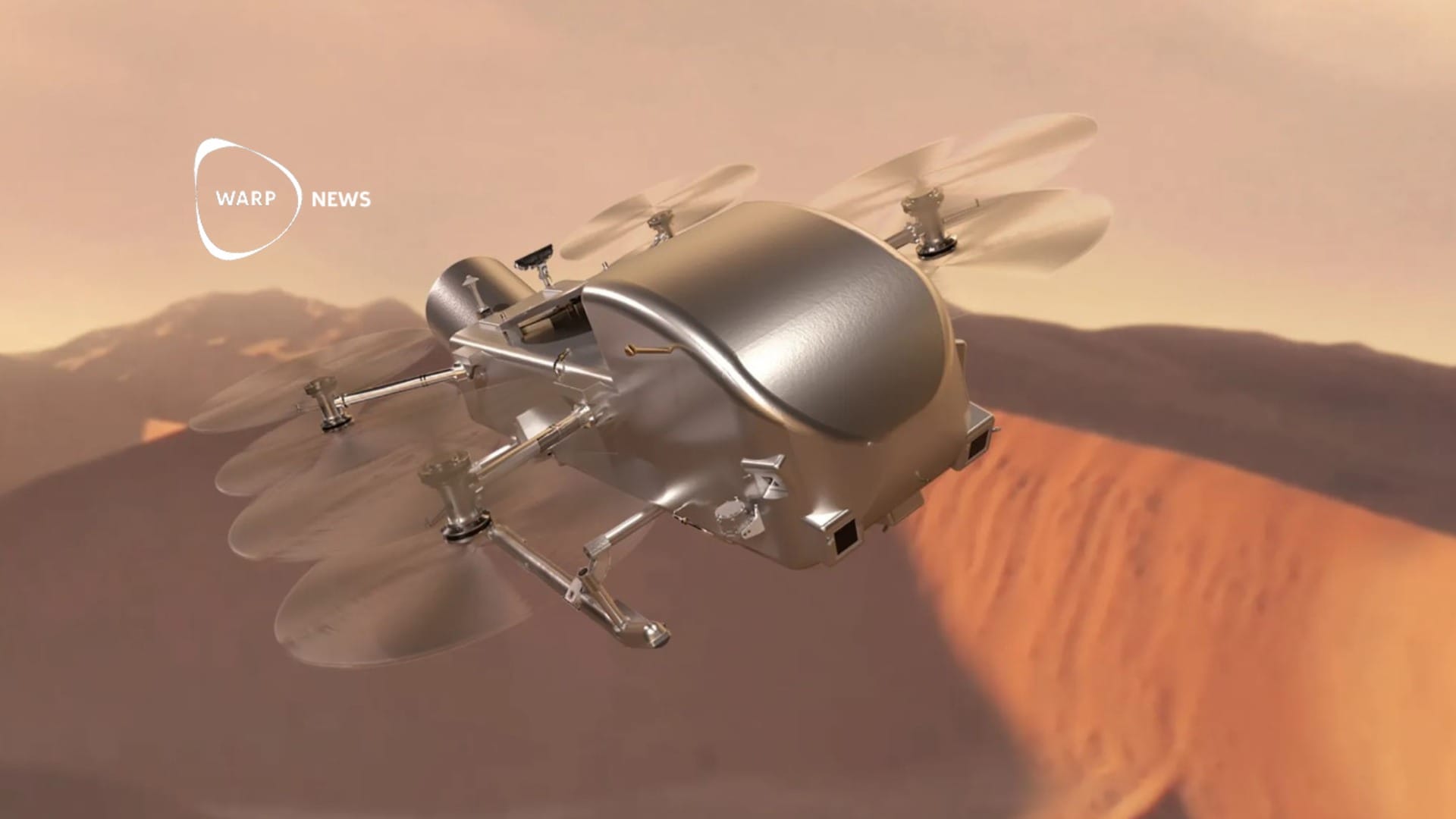🛰 Space
Space is the final frontier and is now being opened to everyone thanks to front runners such as NASA and now SpaceX and Elon Musk, Blue Origin and Virgin Galactic. You will also find news here about the Warp Space Program and Beyond Atlas.
🔭 Solar telescope tracks the source of the solar wind for the first time
Solar Orbiter has made the first direct measurement of the solar wind and traced it back to its source. Measurements show that the solar wind comes from areas with sunspots where the magnetic field is intense. The discovery could improve predictions of solar storms that affect Earth.
🌒 Space probe returns with samples from the far side of the moon - for the first time
The Chang'e 6 probe has successfully retrieved rock and soil samples from the far side of the moon. The samples are expected to contain 2.5 million-year-old volcanic rock. This is the first time samples from the far side of the moon have been collected.
🔭 New space telescope could potentially see city lights on exoplanets
NASA's new space telescope will search for habitable exoplanets. The telescope will be able to detect both biological and technological signs of life. It may also potentially search for city lights on the night side of habitable exoplanets.
🚀 First crash-free test of Starship
Another successful test flight of Starship, and this time both parts of the rocket safely returned to Earth. Starship is not just a new cool rocket; it has the potential to transform humanity.
🛰️ NASA has discovered a way to predict flash droughts months in advance
Flash droughts occur suddenly and quickly, but now researchers at NASA's Jet Propulsion Laboratory have found a way to detect them early. Plants' "glow" diminishes before a flash drought, and this change can be observed by satellites.
🔭 The Webb Telescope has discovered the earliest known black hole merger, "only" 740 million years after the Big Bang
One of the black holes is 50 million times more massive than the Sun. These findings help to understand how massive black holes have influenced galaxy development since the beginning of the universe.
🛰️ Hello again! Voyager 1 begins transmitting to Earth after five months of silence
Voyager 1 is humanity's most distant spacecraft, now about 24 billion kilometers from Earth. NASA engineers managed to fix a communication error using creative solutions. The first data received shows that Voyager 1 is in good condition and functioning properly.
🚁 Dragonfly to explore the fascinating landscape of the moon Titan
NASA's Dragonfly aims to explore Saturn's moon Titan with a unique helicopter that will fly and take samples. Titan is the only known celestial body in the solar system, besides Earth, that has liquid on its surface and a dynamic weather system.
🚀 SpaceX plans even bigger Starships
In front of SpaceX employees, Elon Musk has updated his vision for how to take humans to Mars and establish a self-sustaining colony there. The key is the rocket currently being developed, Starship, which they are planning to make even bigger.
